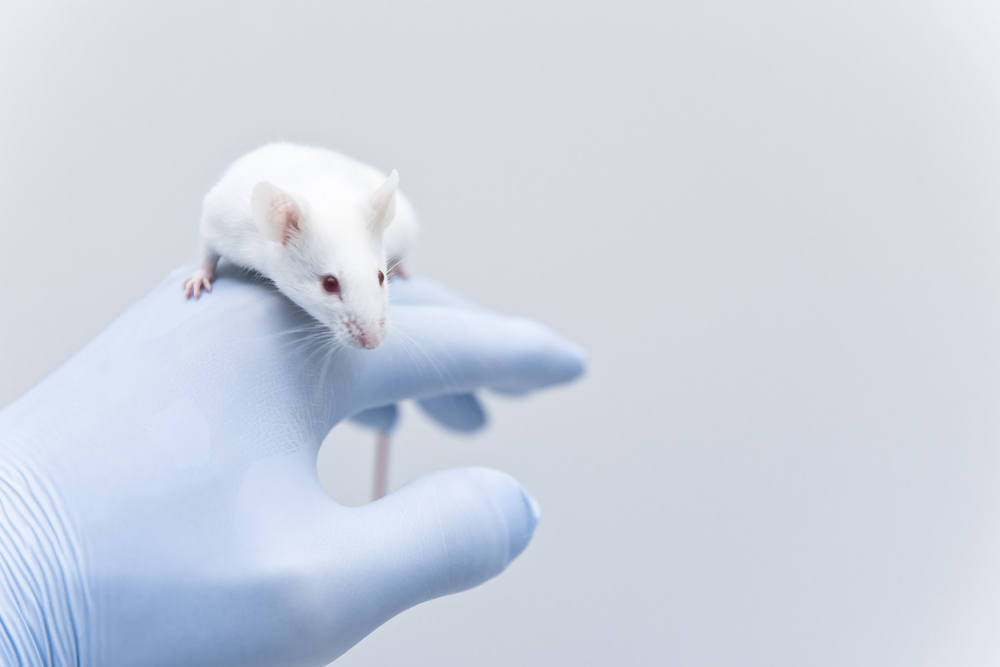Nerve Control of Breathing Overactive in Duchenne Mice, Suggesting Potential Treatment Target

Mice with Duchenne muscular dystrophy compensate for the weakness in their breathing muscles by sending stronger signals to the nerves controlling the diaphragm, according to scientists at the University College Cork in Ireland.
Now it is important to examine whether the same mechanisms exist in human Duchenne patients, researchers said, as their findings, published in the Journal of Physiology, may be relevant to the development of treatments that aim to improve breathing capacity in Duchenne.
The research team, which collaborated with colleagues at the University of Calgary in Canada and Trinity College Dublin in Ireland, argued that it was crucial to understanding how a lack of dystrophin in breathing muscles impact nerve signaling that control breathing, because new treatments for respiratory failure in Duchenne are under development.
The study, “Sensorimotor control of breathing in the mdx mouse model of Duchenne muscular dystrophy,” compared normal and Duchenne mice, which lacked muscle dystrophin. To study how breathing nerves reacted, they manipulated levels of oxygen and carbon dioxide.
Levels of carbon dioxide, but also oxygen, in the blood, act as signals to nerves that control breathing to either speed it up or slow it down.
Their experiments showed that although Duchenne mice had equal levels of carbon dioxide in the blood as normal mice, they breathed too shallowly. The mice reacted normally to low levels of oxygen, but had blunted responses to too-high oxygen levels.
In addition, measures of nerve-muscle interface signals showed that the nerves controlling the diaphragm reacted more strongly to changes in carbon dioxide and oxygen than normal — suggesting that the nerves attempted to compensate for a lack of muscle strength by signaling more vividly. The same thing may also occur in accessory breathing muscles, researchers said.
The study only compared mice that were eight weeks old — equivalent to a 6-year-old human — so researchers do not know how these factors change as the disease progresses, or if the same mechanisms are present in humans.
But the study provides the first step in which further research can be based, researchers argued.
“Further study of physiological neuromuscular mechanisms that compensate for the absence of dystrophin is needed. A better understanding may provide insight with potential applications to a range of neuromuscular diseases, beyond DMD,” David Burns, the study’s lead author from University College Cork, said in a press release.






